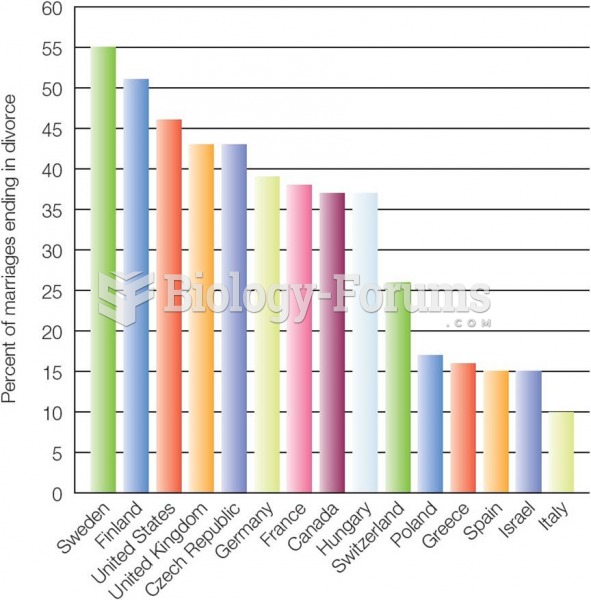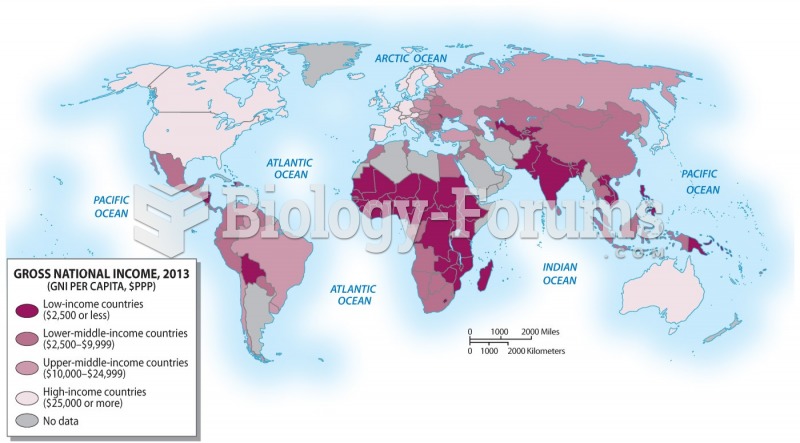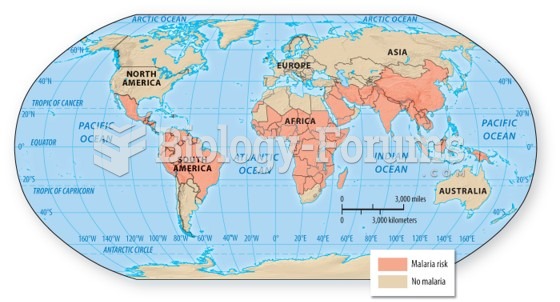Answer to Question 1
Developing Country Viewpoint:
Population growthOn one hand, excessive population growth hinders our development because of the instability it causes. When people do not have jobs or lack access to social services, the impact on the environment can be substantial. On the other hand, people are our major resource. Children increase the economic stability of families because there are more people to bring in money to support the family, and when the parents are too old to work, the offspring will be able to support them. If people do not have assurance that children will live (infant and childhood mortality need to be low), then it is necessary to have a large family. There is no social structure to replace the family as there is in the developed world. We do not have the economic resources to provide that social structure. Population growth, while important, is not more important than curbing the consumption of energy and resources per person. The developed world consumes vast quantities of energy and resources per person, while the developing world consumes very little. For every decrease in environmental impact from the reduction in population growth, the environmental impact from consumption per person should decline. The developing world has decreased in population growth rate steadily since the 1960s, while the developed world has continued to increase its consumption rate.
Energy useThe developed world is the primary user of energy. The developed world has replaced human power with fossil fuels and other forms of energy. To become a developed nation, we need access to the energy that has been historically used by developed countries. In many instances the energy comes from developed nations.
Resource useThe developed world is the primary user of the world's resources. This is unjust. Many of the resources upon which the developed world depends comes from the developing countries but are controlled by corporations based in the developed countries. Frequently the removal of the resources from developing countries has resulted in severe economic and environmental exploitation. We deserve access to these resources, and the resources have to be extracted in a way that does not damage the environment or the people of the developing countries.
Sustainable developmentThe developed world had the opportunity to develop when the environmental costs of their development process were not understood. Because it would be unjust to prevent our development, and because the costs of the progress of the developed world have been borne by the developing world, the developed nations need to assist in our development. This will help the developed world by ensuring that the development is being accomplished in an environmentally acceptable manner. Additionally, as the standard of living in developing countries improves, there will be greater worldwide stability.
Developed Country Viewpoint:
Population growthMany of the developing countries are unable to produce sufficient quantities of food to support their population. When a person is trying to ensure that his or her family has sufficient food to eat tomorrow, he or she has little time to care about his or her impact on the environment. Tremendous environmental damage would result from attempting to provide those in the developing world the goods and services that those in the developed world have. It is only ethical that those in the developing world should have access to the kinds of things that we in the developed world have. Therefore, it is necessary for population growth to be curbed.
Energy useThe developed world discovered and continues to discover ways to utilize various energy forms. We cannot be expected to decrease our energy use because the world's economy depends upon our continued economic health, which is dependent on increasing energy use. As new energy forms emerge, especially non-fossil fuel sources, the developing world will have increasing access to energy. It would be environmentally unacceptable for developing countries to begin using fossil fuels, especially coal, to run their economic growth because the environmental impact from the use of coal is too great. The quantity of carbon dioxide would be tremendous and would quickly surpass the release of carbon dioxide from the fossil fuels used by the developed world. The human health impacts from coal use are high. The developed world discovered this during our numerous air pollution disasters of the 1940s and 1950s.
Resource useThe resources used by the developed world are transformed into goods that can be purchased by those in developing countries.
Sustainable developmentSustaina ble development is good for everyone. Those in the developing world need to evaluate their economic growth plans and alter the plans when they are not sustainable. The developed nations need to do the same thing. Because all countries have to change how economic decisions are made and this change will cost money, each country needs to pay for its own sustainable development.
Answer to Question 2
Damage should be deemed significant only when the economic losses due to the damage considerably outweigh the cost of applying a pesticide. This point is called the economic threshold. If significant damage is not occurring, natural controls are already operating, and the situation is probably best left as is.
Even if there is no evidence of immediate damage from a pest, a grower who believes that his or her plantings are at risk is likely to resort to insurance spraying: the use of pesticides to prevent losses to pests.
Growers know that blemished produce means less profit, so they indulge in cosmetic spraying: the use of pesticides to control pests that harm only the item's outward appearance.







